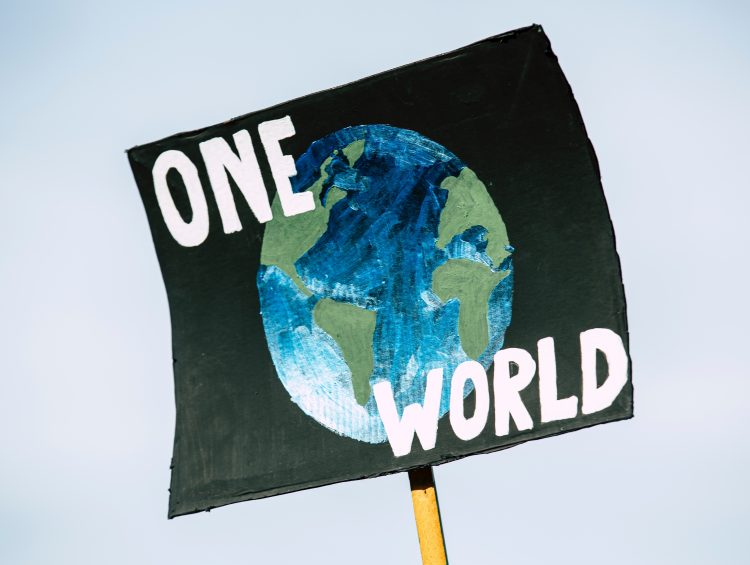In the last few years, 3D technology has revolutionized various industries. One of them is the fashion industry. With the advent of 3D technology, the fashion industry has seen a significant shift towards sustainable and ethical practices. This article will explore how 3D technology affects sustainability in the fashion industry.
Before we move on to the benefits of 3D technology, let’s understand what 3D technology is. In simple terms, 3D technology is a digital technology that allows designers to create three-dimensional virtual prototypes of their designs. These prototypes can be viewed from different angles, and designers can make changes and adjustments to their plans without creating physical samples.
One of the most important advantages of 3D technology is its impact on sustainability in the fashion industry. Traditionally, the fashion industry has been one of the most environmentally damaging industries, with significant waste from the production process. However, with the development of 3D technology, designers can create virtual prototypes of their designs, reducing the need for physical samples.
Reducing Waste and Environmental Impact
3D technology in fashion has significantly reduced the amount of waste from the production process. Before 3D technology, designers created physical samples of their designs, which were often discarded. This process produced waste and consumed significant resources such as fabric, water, and electricity. With 3D technology, designers can create virtual prototypes, reducing the need for physical samples and minimizing waste.
Also, 3D technology has allowed designers to make more informed decisions about their materials. It will enable designers to choose more sustainable and environmentally friendly materials by simulating how different fabrics behave in different environments. This has led to increased use of recycled materials and sustainable fabrics in the fashion industry.
Reduction in Transportation and Carbon Footprint
In addition to reducing waste, 3D technology has helped reduce the fashion industry’s carbon footprint. Traditionally, the production of physical samples required designers to submit their designs to various manufacturers and suppliers. This process consumed significant energy and resources, contributing to the industry’s carbon footprint. With 3D technology, designers can create virtual prototypes, eliminating the need for physical samples and reducing transport-related emissions.
The use of 3D technology has also led to a reduction in the number of production runs required. Before 3D technology, designers often created multiple physical samples for the perfect fit and design. With 3D technology, designers can create virtual prototypes and adjust them until they reach the desired result. This reduced the number of production runs required, reducing the industry’s carbon footprint.
Efficient Resource Management
3D technology has also led to efficient resource management in the fashion industry. With 3D technology, designers can optimize using resources such as fabric, water, and electricity by simulating the production process. This not only led to a reduction in waste but also helped to conserve natural resources.
In addition, 3D technology has enabled designers to create more efficient designs regarding material usage. By making fewer fabric designs, designers can reduce the waste created in the production process. Not only has this reduced waste, but it has also helped reduce the fashion industry’s environmental impact.
Enhanced Creativity and Innovation
In addition to the sustainability benefits, 3D technology has allowed designers to be more creative and innovative in their designs. Designers can experiment with the ability to create virtual prototypes of their designs.
The fashion industry has long had a bad reputation for its negative impact on the environment. From carbon emissions from textile production and transportation to the waste generated by fast fashion, the industry significantly contributes to global environmental problems. However, the development of 3D technology in fashion has the potential to change all that.
3D technology has been around for quite some time, but adoption in the fashion industry could be faster. But in recent years, more and more fashion brands have begun to embrace 3D technology to improve their sustainability practices. Here are some of the ways 3D technology is having a positive impact on sustainability in the fashion industry.
Reducing Textile Waste
One of the most significant environmental problems of the fashion industry is the amount of textile waste from production and consumption. In traditional manufacturing processes, designers create physical samples and prototypes of their designs, which can result in significant wastage of fabric. With 3D technology, designers can create digital samples and prototypes that eliminate the need for physical models and reduce textile waste.
Additionally, 3D technology allows designers to create designs optimized for fabric use. By using 3D software to design garments that fit seamlessly, designers can reduce the amount of fabric needed to make each garment, resulting in less waste.
Reducing Carbon Emissions
Textile and apparel production and transportation are significant sources of carbon emissions in the fashion industry. By using 3D technology to create digital designs and prototypes, fashion brands can reduce the need for physical samples and prototypes, reducing the need for shipping. Additionally, 3D technology allows for virtual fittings, which reduces the need for models to travel to and from fittings. All these factors can significantly reduce the carbon footprint of the fashion industry.
Increasing Supply Chain Efficiency
In addition to reducing waste and carbon emissions, 3D technology can increase the efficiency of the fashion industry’s supply chain. By creating digital designs and prototypes, designers can share their designs with manufacturers and suppliers more quickly and efficiently than with physical samples. This means production can start faster, reducing lead times and increasing overall efficiency.
Reducing Water Use
Textile production requires significant water, and the fashion industry is no exception. But 3D technology can help reduce the amount of water used in manufacturing. By using 3D software to create fabric-optimized designs, designers can reduce the amount of fabric needed to make each garment, facilitating the amount of water required to produce the fabric. Additionally, 3D technology can be used to simulate fabric dyeing processes and help reduce the amount of water used in this process.
Improve Product Customization
Another benefit of 3D technology in fashion is creating customized products more efficiently. With 3D software, designers can create customized designs for individual or small client groups, reducing the need for mass production. This reduces waste and helps ensure that products are produced only when there is demand.
Creating New Materials
3D technology can be used to develop new, sustainable materials and improve the sustainability of traditional textile production. For example, 3D printing can be used to create biodegradable materials, such as bioplastics, that can be used to manufacture clothing and accessories. Additionally, 3D printing can be used to develop materials made from recycled materials such as plastic bottles or old textiles. These new materials can help further reduce the fashion industry’s environmental impact.
As a result, 3D technology is progressing daily in the fashion industry, as it is in every sector. Therefore, we should adopt 3D technology faster to protect our world’s resources in the fashion industry.
Source: Photo by Markus Spiske.





